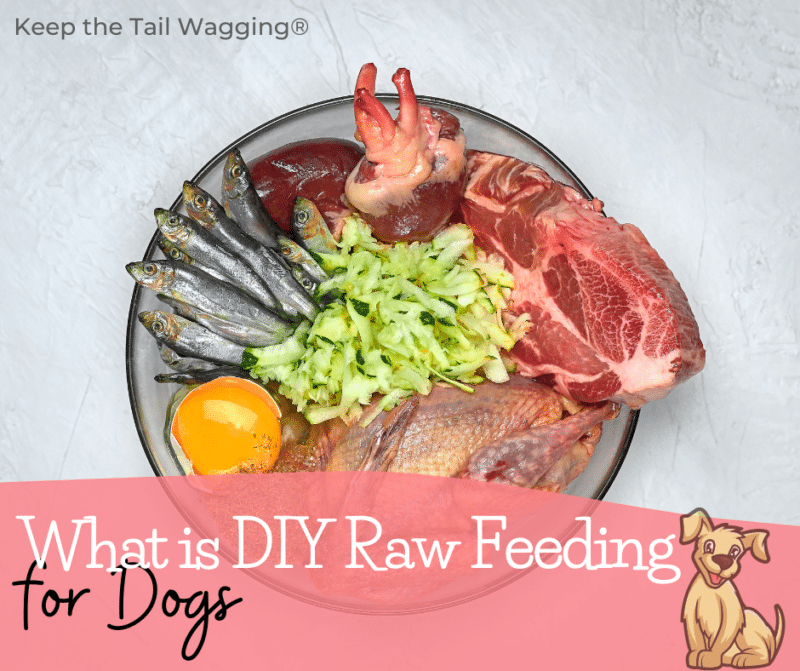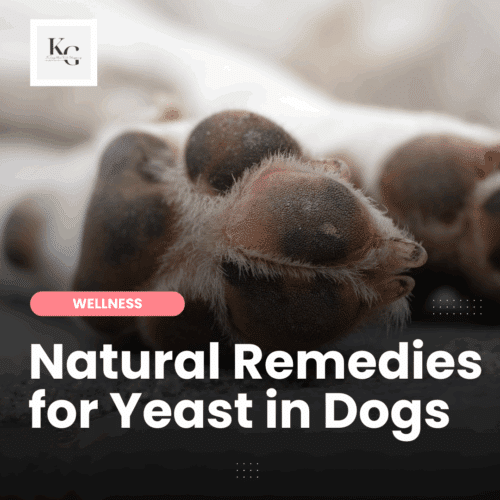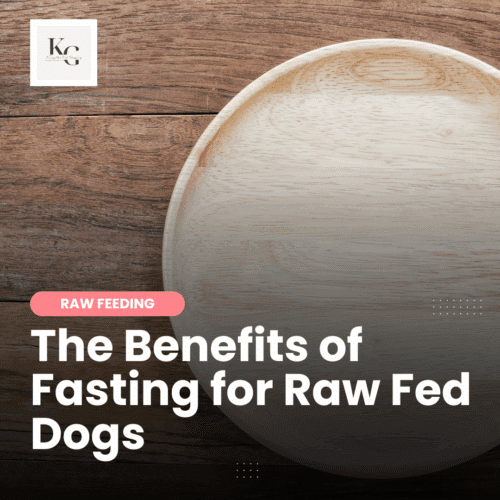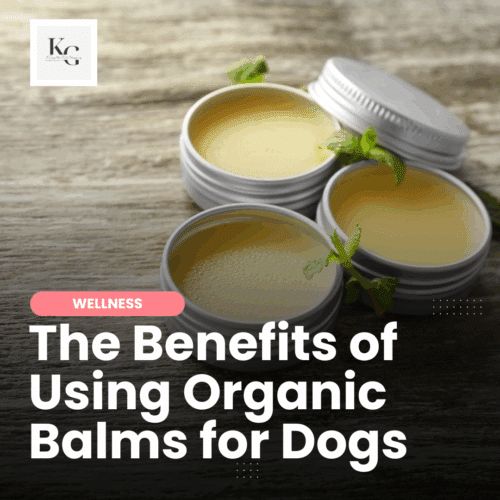Keep the Tail Wagging is supported by pet parents. I occasionally earn a commission (at no additional cost to you) when you click through an affiliate link to one of my favorite products. Thank you for your support. Read More
I've been feeding my dogs a raw food diet for years. And despite how long I've been feeding raw, I still learn something new about raw feeding and my dogs. I thought it would be fun to go back to the basics and explore the WHO WHAT WHY WHERE and HOW of DIY raw feeding for dogs.
Who are Raw Feeders?
A raw feeder is a pet owner who feeds their dogs a diet that comprises raw meat, bones, organ meat, seafood, fur, and vegetables. Raw feeders believe that feeding fresh food is species-appropriate, easier to digest, more bioavailable, and supports gut health and the immune system. Because of the many benefits, dogs live a healthier life.
What is Raw Feeding for Dogs?
Raw feeding is a diet of fresh food that mimics the ancestral diet of the grey wolf. In reality, I will never be able to feed my dogs a diet similar to a wolf, nor do I want to because my dogs aren't wolves. Some people who feed raw do so because they believe the commercial diets created for pets aren't healthy or beneficial. Before kibble, dogs ate fresh food and lived much longer on this diet.
Over the years, we've seen a rise in health issues (allergies, digestive issues, diabetes, cancer, etc.) and a decline in how long dogs live, and many people attribute this to over-vaccination, early spay/neuter, exposure to toxins, and processed diets with mediocre ingredients. Raw feeding is believed to offset the damage we're doing to our pets because we're feeding fresh food that is easier to digest, and our dogs absorb more nutrients from whole foods.
Raw Feeding Models
There are several raw feeding models, the main three being Prey Model, BARF Model, and NRC (Science-Based) Model:
PREY MODEL – to me, prey model raw is typically made up of whole (sometimes ground) meat, organ meat, and bone. When I was first introduced to prey model raw, vegetables and fruit weren't added to this diet because some believed that dogs lacked the digestive enzymes to process these foods in their gut; this isn't the case. Supplements may also be avoided or added minimally because dogs in the wild can't access powders, pills, and oils.
BARF MODEL – the BARF (biologically appropriate raw food OR bones and raw food) model includes meat, organ meat, bones, vegetables, and other foods combined to provide a nutritious diet. In my experience, BARF diets are typically ground, but this isn't a requirement. BARF Model raw feeders can add supplements to fill nutritional gaps and address a dog's health needs.
NRC MODEL – the NRC guide is a thick book filled with nutritional data for pets and helps nutritionists (or anyone interested in using the book) with the nutrients our pets require daily and weekly. I look at the NRC model as the “science” model because the goal is to identify the macro and micronutrients each pet requires in a healthy, nutritious diet. The NRC model helps us calculate a nutritious diet based on calories or metabolic weight.
Ultimately, I believe that everyone feeds a model that's tailored to their dog's individual needs.
Why I Feed My Dogs a Raw Food Diet (the Benefits)
I was drawn to raw feeding to heal a sick dog. Today, I feed raw because it's of the many benefits.
Boost Gut Health and the Immune System
Kibble is baked several times, killing all of the nutrients, which requires the addition of synthetic vitamin mixes. Then, the brands spray the kibble with fat to make it more appealing. Fresh food is chopped up (or ground) in the bowl. All the nutrients are more bioavailable and easy to digest and absorb.
The boost to the immune system leads to a decrease in environmental allergies. And many foods my dog couldn't eat when fed kibble, aren't a problem when fed raw, which shows that protein intolerances decreased.
Fresh Breath and Clean Teeth
I feed my dogs raw bones, which serve to satisfy my dogs' chew drive, clean their teeth (as they gnaw on the bones), and exercise their shoulder, neck, and jaw muscles. My dogs don't have bad breath because they have a healthy gut and minimal tarter on their teeth.
Regarding feeding bones, I'm cautious about what I give my dogs, and I monitor their chewing sessions to ensure everyone is doing well and no one is trying to steal another's bone. I always have a high-valued treat on hand if I need to take a bone away.
Figuring out which bones work for my dogs took patience, but now I have a list of bones that I'm comfortable feeding to my dogs, including lamb necks, duck necks, beef knuckle bones, lamb shanks, duck frames (cartilage, not bone), and pork ribs.
Lean Muscle Mass and Improved Metabolism
A raw food diet is also a low-carb diet, and I'm happy to share that all of our dogs are at a healthy weight (we have a home scale to keep tabs). Our senior dogs have always maintained great energy, keeping up with our younger dogs.
Of course, I know first-hand that it is possible to have a raw fed fat dog if we overfeed our dogs. So I weigh every meal.
Smaller, Less Smelly Poop
Because the nutrients in fresh food are more bioavailable, our dogs produce less waste. So their poop is a little larger than my cat's poop. It still smells, but not as strongly as kibble poop. Our dogs also poop less (a couple of times a day) than when they were on a kibble diet, and their poop is primarily solid – no more daily loose stool and diarrhea.
Improved Mobility and Decreased Inflammation
I used to think inflammation was connected to joints alone. It turns out that inflammation can be tied to many of our health issues, which is true for our dogs. Feeding raw not only reduces joint pain, the diet also reduces allergies, gut issues, and other health issues due to inflammation.
Fewer Visits to the Veterinarian
Before feeding raw, one of our dogs was in the vet's office several times a year as we tried to figure out his allergies and digestive issues. After switching to raw, the veterinarian visits decreased substantially. Today, my dogs go annually for a wellness check.
Where I Source Ingredients for Raw Feeding
I purchase 99% of the food I feed my dogs from a local raw food co-op. I also score grass-fed organ meat from local farms. I buy meat at local and discount grocery stores for treats. Freezer dumps from friends are a great source of meat that I turn into jerky treats. And I shop local, independent pet stores in between co-op orders from time to time.
Another great place to shop is an Asian grocery store; they carry a wide variety of fresh cuts of meat, vegetables, mushrooms, and more.
When I Do Meal Prep for My Dogs
I do meal prep once a month (or every other month). I start with a base of 80% muscle meat, 10% bone, and 10% organ meat (primarily liver, kidneys, and heart). Before you race off to the comments to ask if the heart is categorized as organ or muscle meat, I need to warn you that I'm not your typical raw feeder and don't follow those rules. The heart goes into my organ blends.
I use a base mix by Dr. Harvey's to add additional nutrients. I add canned oysters to every other meal prep (personal preference), and I add a few whole foods to my dogs' bowl, like…
- whole raw sardines or canned sardines
- whole raw eggs
- raw duck feet
I also add supplements to the bowl to meet each dog's needs, like a joint supplement, medicinal mushrooms, and a digestive supplement.
If you're struggling to figure out how to tackle a DIY raw food diet, I suggest working with a meal formulator who can help you develop a few recipes to follow that will meet your dogs' nutritional needs.
How Much Does DIY Raw Feeding Cost?
The cost of raw feeding depends on the following:
- where you live
- how many dogs you have
- if your dogs have protein sensitivities
- what proteins and other ingredients you have access too
- if you have a raw food co-op nearby
On average, I spend less than $200/month to feed three dogs a raw food diet. I can save money by buying in bulk (our dogs have dedicated freezers and a fridge in the garage) and shopping sales. I place three large orders a year and small orders every month.
When it comes to raw, there is a lot of great information out there, and everyone feeds their dogs a little bit differently, and that's okay. The goal should always be to feed our dogs a nutritious, healthy diet. Many paths will help us achieve this goal. Continue educating yourself, asking questions, and focusing on feeding the dog in front of you.






